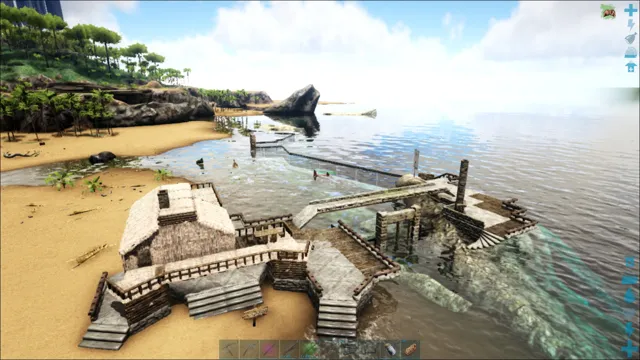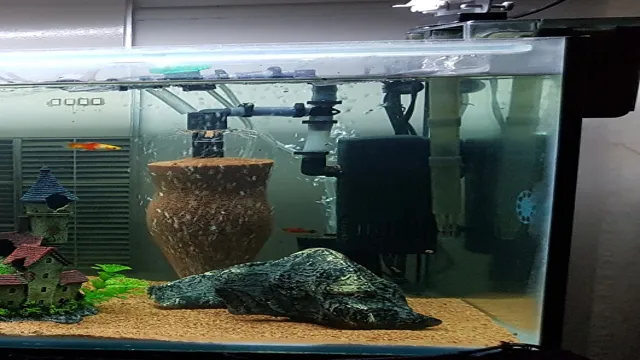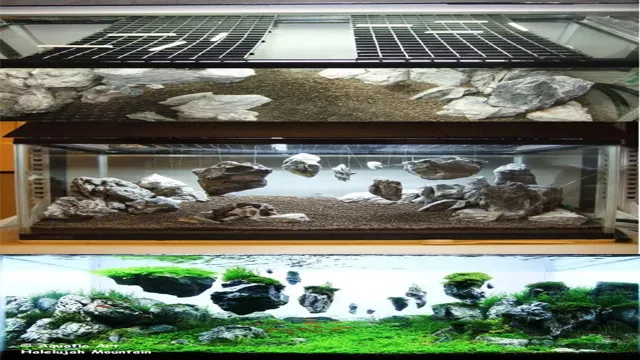How to Lower Nitrates and Nitrites in Saltwater Aquarium: Tips and Tricks
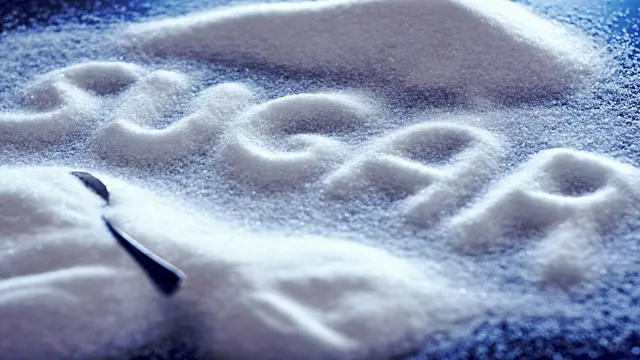
Nitrates and nitrites are common and necessary components in a saltwater aquarium. However, if their levels become too high, they can pose a serious threat to the health of your aquarium’s inhabitants. Excess nitrates and nitrites could lead to issues like cloudy water, algal blooms, and even the death of your fish or other marine life.
This is why it’s essential to learn how to lower nitrates and nitrites in your saltwater aquarium effectively. Fortunately, there are several steps that you can take to keep these levels under control, from regularly testing your water quality to performing partial water changes and installing a protein skimmer. Each of these methods targets the root cause of excess nitrates and nitrites, ensuring that your aquarium remains a healthy and thriving environment for your fish, corals, and other aquatic life.
In this blog, we’ll go into more detail about why nitrates and nitrites can be a problem, what causes them to accumulate in your aquarium, and what strategies you can use to lower their levels. We’ll also provide tips and tricks for maintaining the ideal water quality in your saltwater aquarium, regardless of the size or type of marine life you have. Whether you’re a seasoned aquarium owner or just starting, we hope this blog will help you create a vibrant and sustainable aquatic ecosystem in your home or office.
Understanding Nitrates and Nitrites
If you’re a saltwater aquarium owner, you’re likely familiar with nitrates and nitrites. Carrying too much of these substances in your tank can harm your fish and coral, making it crucial to keep their levels in check. One effective way to lower nitrates and nitrites is by regularly performing partial water changes, which will remove excess waste and promote a healthier environment for your aquatic life.
Another approach is to add a protein skimmer to your tank, which mechanically removes organic matter and helps reduce nitrate levels. You can also consider adding live plants or algae, which will help lower nitrate and nitrite levels as they consume these chemicals for photosynthesis. By carefully monitoring your tank levels and implementing these strategies, you can keep your saltwater aquarium thriving while minimizing the risk of harm to your beloved aquatic pets.
What are Nitrates and Nitrites?
Nitrates and nitrites are compounds primarily found in fertilizers that can also be found in certain foods, including cured meats and vegetables. While they do have a purpose in ensuring the safety and preservation of certain foods, excessive consumption of nitrates and nitrites has been linked to health risks, such as cancer and digestive issues. It is important to note that not all sources of nitrates and nitrites are created equal, as some are naturally occurring while others are added during food processing.
It is recommended to limit intake of processed meats and opt for fresh, unprocessed sources of food whenever possible to reduce exposure to potential health risks associated with these compounds.
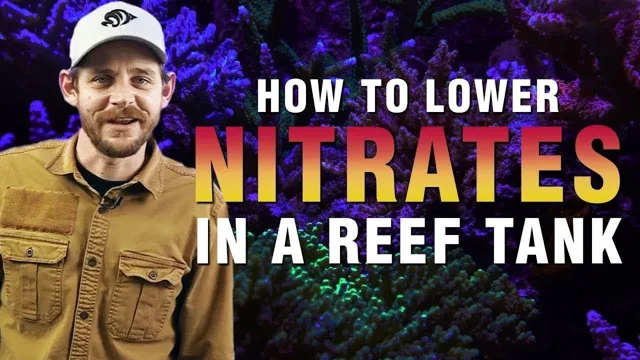
Why are they Harmful for Your Saltwater Aquarium?
Keeping a saltwater aquarium can be a rewarding and relaxing hobby, but it requires careful maintenance to keep the tank healthy for your fish and other marine creatures. One of the biggest culprits of aquarium problems is the buildup of nitrates and nitrites in the water. These compounds are created as waste products from your fish and food, and can quickly become harmful in high concentrations.
Nitrates and nitrites can cause a range of problems in your aquarium, including reduced oxygen levels, algae blooms, and even fish illness or death. It’s important to test your water regularly and take steps to manage these compounds, such as changing the water frequently or installing a biological filtration system. By understanding the impact of nitrates and nitrites on your saltwater aquarium, you can help ensure a healthy and thriving underwater environment for your aquatic friends.
Measuring Nitrates and Nitrites
If you want to keep your saltwater aquarium healthy and thriving, you need to maintain low levels of nitrates and nitrites. These harmful compounds can lead to algae blooms, stress on fish, and even death. The good news is that there are several ways to measure nitrates and nitrites to ensure your tank stays healthy.
One method is to invest in a quality test kit that can accurately measure the levels of these compounds in your water. Another is to monitor your tank closely and be aware of any changes in water clarity, or the behavior of your fish. To lower nitrates and nitrites levels, frequent water changes can help dilute the compounds, as well as using special filter media, like activated carbon. (See Also: How to Get Rid of Green String Algae in Aquarium – Top 5 Proven Methods)
With regular monitoring and management, you can keep your saltwater aquarium clean and healthy for all its inhabitants.
How to Measure Nitrate and Nitrite Levels in Your Aquarium?
Measuring nitrates and nitrites is a crucial aspect of maintaining a healthy aquarium environment. High levels of these substances can cause harm to your aquatic pets and plants by disrupting the natural balance of their ecosystem. The good news is that measuring them is a relatively simple process that can be done using test kits specifically designed for aquarium use.
Nitrate levels can be tested using a liquid test kit that involves adding drops of a reagent to a water sample and checking the color chart for results. Nitrite levels can also be tested using a similar process. It’s important to test the levels regularly and adjust them as needed through water changes and other means to promote a thriving aquarium environment.
By measuring nitrates and nitrites with care, you can ensure the health and longevity of your aquarium inhabitants.
Methods to Reduce Nitrate and Nitrite Levels
Excess nitrate and nitrite levels can be a headache for saltwater aquarium enthusiasts, but there are a few methods to reduce them. One way is to perform regular water changes, which can dilute and remove some of the excess nitrates and nitrites. Another method is to incorporate nitrate-reducing bacteria and live plants into the aquarium ecosystem.
These organisms can help consume the excess nitrates and nitrites, converting them into less harmful nitrogen compounds that can be removed through the water change process. Additionally, using protein skimmers and chemical filtration media can help to remove these compounds from the water. It’s important to monitor nitrate and nitrite levels regularly and adjust these methods accordingly to ensure a healthy and thriving aquarium environment.
By implementing some of these methods, aquarists can effectively lower nitrate and nitrite levels and maintain a flourishing saltwater aquarium.
Performing Water Changes
Performing water changes is one of the most effective methods to reduce nitrate and nitrite levels in your aquarium. Nitrate and nitrite are both toxic to fish and other aquatic organisms if allowed to accumulate to high levels. Water changes entail removing a portion of the old water and replacing it with fresh, clean water.
The frequency of water changes depends on the size of your aquarium, the stocking density, and feeding habits of your aquatic creatures. Smaller, heavily populated tanks will require more water changes than larger tanks with fewer inhabitants. Aim to change around 10-20% of the water in your aquarium every two weeks. (See Also: How to Make a DIY Sump for a Saltwater Aquarium: A Step-by-Step Guide)
Water changes not only reduce nitrate and nitrite levels, but also replenish important trace elements and oxygen crucial for the health of your aquatic pets. So, the next time you notice unhealthy fish, slimy algae buildup, or cloudy water, try performing a water change to alleviate these problems and promote a thriving aquatic environment!
Adding Macroalgae
If you’re looking to reduce the nitrate and nitrite levels in your aquatic environment, one effective way to do so is by adding macroalgae. Macroalgae are large, visible algae that can absorb excess nutrients such as nitrate and phosphate from the water. By removing these nutrients, macroalgae can help to prevent algae blooms and improve the overall health of your aquatic ecosystem.
You can add macroalgae to your aquarium or pond by simply anchoring it to a rock, substrate, or other surface. It’s also important to monitor the levels of nutrient uptake by testing the water regularly. By incorporating macroalgae into your aquatic environment, you can achieve effective nutrient control and a healthy, balanced ecosystem.
Using Protein Skimmers
Using a protein skimmer is an effective method to reduce nitrate and nitrite levels in your aquarium. These devices utilize a process called foam fractionation, which creates a foam column where waste molecules are attracted and removed from the water. The foam is then collected and disposed of, leaving behind clean and healthy water for your aquatic pets.
Protein skimmers are particularly useful for saltwater aquariums, where nitrate and nitrite levels can quickly become detrimental to the delicate balance of the ecosystem. By regularly using a protein skimmer, you can maintain a healthy environment for your fish, coral, and other marine life. So if you’re looking for an easy way to improve the quality of your aquarium’s water, invest in a quality protein skimmer today.
Your aquatic pets will thank you!
Introducing Beneficial Bacteria
If you’ve recently tested your aquarium’s nitrate and nitrite levels, you might be worried about what you found. These chemicals can have harmful effects on your fish and other aquatic life, but fortunately, there are ways to reduce their levels. One effective method is to introduce beneficial bacteria into your aquarium.
These bacteria are naturally occurring and can help break down the harmful substances, turning them into less dangerous compounds. There are a few ways to introduce these bacteria, including adding live plants or a bacterial supplement to your tank. With the right care and attention, you can create a healthy and thriving environment for your aquatic pets while keeping nitrate and nitrite levels under control.
Conclusion
In conclusion, keeping nitrates and nitrites low in a saltwater aquarium is crucial for the health and well-being of your aquatic pets. But fear not, there are plenty of ways to accomplish this feat! From regular water changes and biological filtration to adding plants, algae, or chemical binders, there are options aplenty to suit your unique aquarium’s needs. So get creative, keep experimenting and soon you’ll be swimming in crystal-clear waters alongside happy and healthy fish!”
FAQs
Why are high levels of nitrates and nitrites dangerous for saltwater aquariums?
High levels of nitrates and nitrites can lead to a host of problems in saltwater aquariums, such as fish and coral death, algae overgrowth, and overall poor water quality.
(See Also: How to Kill Parasites in Aquarium Water: Simple and Effective Methods)
How often should I test my saltwater aquarium’s nitrate and nitrite levels?
It’s recommended to test your saltwater aquarium’s nitrate and nitrite levels at least once a week to ensure they stay within safe levels.
Can regular water changes help reduce nitrates and nitrites in a saltwater aquarium?
Yes, regular water changes can help dilute the concentration of nitrates and nitrites in a saltwater aquarium. However, it’s important to not rely solely on water changes to control these levels.
What are some natural ways to lower nitrates and nitrites in a saltwater aquarium?
Some natural ways to lower nitrates and nitrites in a saltwater aquarium include adding live plants, using protein skimmers, increasing water flow, and using filter media like activated carbon or zeolite.
Are there any chemical treatments that can lower nitrates and nitrites in a saltwater aquarium?
Yes, there are chemical treatments available that can help lower nitrates and nitrites in a saltwater aquarium. However, it’s important to use these treatments carefully and follow the manufacturer’s instructions to avoid harming your fish and coral.
What is the ideal nitrate and nitrite level for a saltwater aquarium?
The ideal nitrate level for a saltwater aquarium is less than 20 ppm (parts per million), and the ideal nitrite level is 0 ppm.
Can overfeeding contribute to high levels of nitrates and nitrites in a saltwater aquarium?
Yes, overfeeding can contribute to high levels of nitrates and nitrites in a saltwater aquarium as the leftover food can break down and release excess nitrogen compounds. It’s important to only feed your fish what they can consume in a few minutes and remove any uneaten food promptly.



